People
have made a beekeeping museum in Stróże.
It
sounds too sexy for not to visit. At first I enter the accountant’s department
or something similar. An English-speaking young lady is called, she points
towards the museum and wishes me a nice day.
A
noisy crowd of children are entering the museum. They are of a small and
difficult to control kind. I sneak in with them but the museum seems to be
meant for beginners and kids. So I sneak back out. Outside one can photograph
strangely shaped beehives. The shop is luckily closed and I cannot buy any
strange items for the beekeepers at home. The restaurant is open. I get coffee
and honey cake.
Following
the directions of Google maps I drive through a river. Of course, the 2 km
shorter route should have arisen some doubts. Technical tools should still be approached
with healthy suspicion.
The
Church of St. Michael the Archangel
in Binarowa is on the UNESCO list. Two phone numbers on the notice board. The
first number is an answering machine. On the second one answers a lady who does
not seem to hear me very well. She calls back twice. I make a test call to a
friend to find out if it is possible to hear me at all. It is but I use up all
the network with the testing. I send an SMS, no answer.
In
Libusza I don’t see the church. Well, I do see the new one. Usually the new one
is close to the old church. After locating the place with coordinates it is
obvious why the church didn’t show. I came too late. One of the most beautiful
wooden churches in Poland lies around the church floor as piles of charred
logs. All the carbon that had been kept for many hundred years was released in
one go. Maybe that’s why the fire departments as addresses. Later internet says
that the church burned already in 2016. Suspects are faulty electrical cables
and arson. There was arson in 1986 but then more was left. Last year the
ministry of culture decided that the church will not be built up again. Only
20% of it remained.
In
Sękowa at the church of St. Philip and
St. Jacob I have better luck. On the door is a phone number and a
vigorous sounding woman answers. I submit the question I have prepared in
Polish. Yes, it is possible to see the church, I’ll be there in five minutes,
is the answer. Wow, she understood what I was saying! This church is also
listed with UNESCO. The roof broadens below like a bellflower. Inside is rather
humble but as the guide says: what do you want from a 500 hundred years old
church anyway. Or that is how I interpret her comment. Tylko po polsku.
Then
follow Ropica Górna, Skwirtne and Kwiatoń. Sun comes out and in this light all
the churches look pleasant. Only the one in Skwirtne is behind a cow. In Kwiatoń
I sit for a while on the bench in the sun. Nice and warm. Bird sings, manure
smells. People who are interested in icons should come here in summer. The
churches are open from 20th of June until 30th of
September. I was more interested in architecture and in what condition the
churches are and whether they are still being used. They are being used and
with some exceptions (Libusza!) also is good shape.
If
this trip to Poland was a dinner then I have now finished with appetizer and
main course and it is time for dessert.
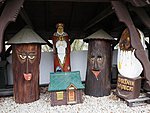
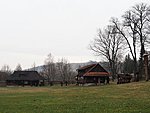
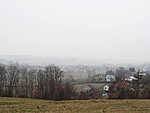
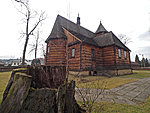
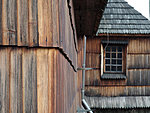
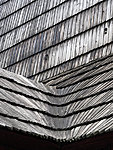
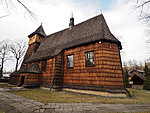
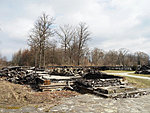
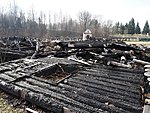
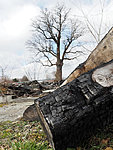
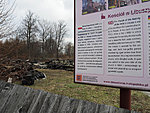
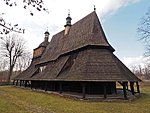
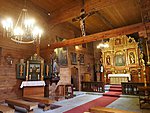
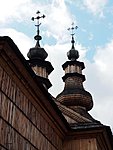
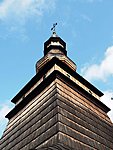
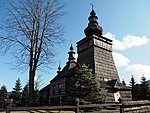

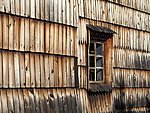
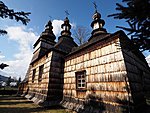
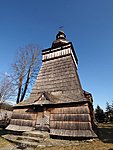
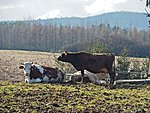
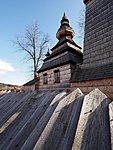
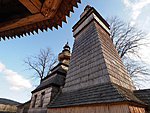
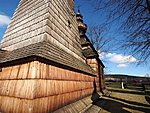
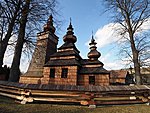
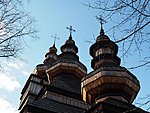
Add a comment